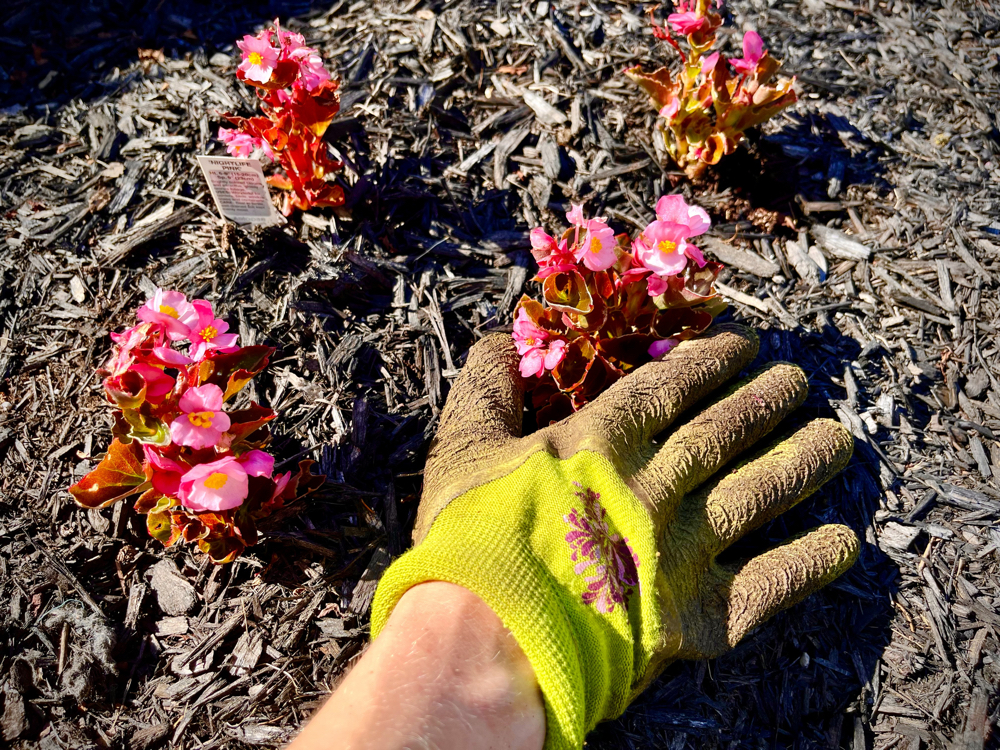Did You Know It’s Possible To Overwinter Any Type Of Begonia? Here’s How

ANNUALS > BEGONIA > OVERWINTERING

Elizabeth is a Permaculture Garden Designer, Sustainability Consultant and Professional Writer, working as an advocate for positive change. She graduated from the University of St. Andrews with an MA in English and Philosophy and obtained a Diploma in Applied Permaculture Design from the Permaculture Association.
Reviewed By DAN ORI

Dan has over 27 years’ under his belt caring for plants and gardens. Working as a Horticultural Instructor and Consultant, he draws on a diverse range of experience that includes working as a Head Gardener, Tree Surgeon, Garden Centre Trouble Shooter, and writer of academic papers. Dan has a Level 3 Diploma in Horticulture and is currently a candidate for the RHS’s most prestigious award – The Master of Horticulture.
IN THIS GUIDE
BEGONIA GUIDES
Container Growing
Deadheading
Feeding
Hanging Baskets
Leggy
Overwintering
Problems
Propagation
Re-Potting
Starting Tubers
Varieties
Begonias are varied plants; there are some which make great houseplants, whereas others grow well outdoors over the summer months, and a few may even be hardy enough to remain outdoors all year round.
In order to understand how to care for begonia in winter, you need to be clear about which type you are growing.

Houseplant begonias are kept indoors year-round, with reduced winter watering.
Most tuberous begonias are usually grown outdoors in summer, but cannot survive winter outdoors.
Hardy tuberous begonias may be able to survive winter outdoors in very mild areas.
Keep reading to understand how to care for each of these types over winter.
| Difficulty | Easy |
| Equipment Required | Container, sand or soil, heated spaces or undercover growing areas |
Caring For Houseplant Begonias
When caring for indoor begonias in winter, there are two main factors which will determine your success during the coldest months.
The first thing to do is to make sure that you are providing the right temperatures for the specific begonias you are growing.
Rhizomatous begonias and semi-tuberous types can sometimes cope with temperatures as low as 10°C, but they will prefer it a little warmer.

Fibrous-rooted types need a minimum of 13°C, and cane-stemmed begonias will not like it if temperatures drop much below around 15°C.
You will also need to reduce watering over the winter months if growing your begonias indoors.
This is so the soil they are growing in does not become waterlogged.
Caring For Tuberous Begonias
If you wish to keep your tuberous begonias for another year, then it is usually necessary to lift the tubers from the soil or from their containers before the first frosts arrive.

The tubers should be left to dry out, then placed into boxes or other containers filled with just-damp sand or soil.
The box or container of tubers should be put in a frost-free location, and the temperature should ideally be kept around 7°C.
Caring For Hardy Tuberous Types
Hardy tuberous begonias can sometimes be kept outside year-round.
The hardiest can cope with temperatures down to around 0°C, though most within this category can cope with 2-4°C.

If you do plan to leave tubers in the ground, it is a good idea to cover them with a thick mulch of organic material, such as dry leaves or straw, to insulate them from the cold.
Otherwise, lift the tubers as above, and keep them at temperatures above 2-4°C.
